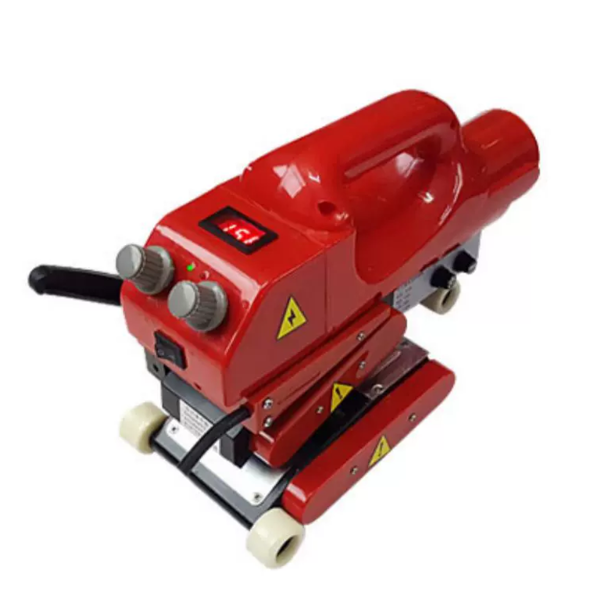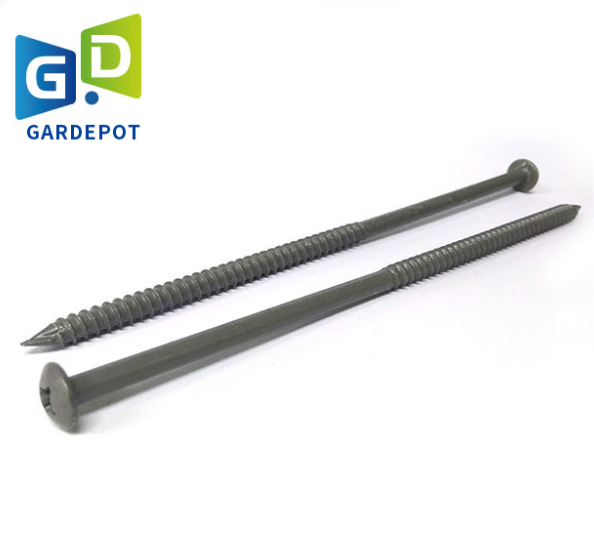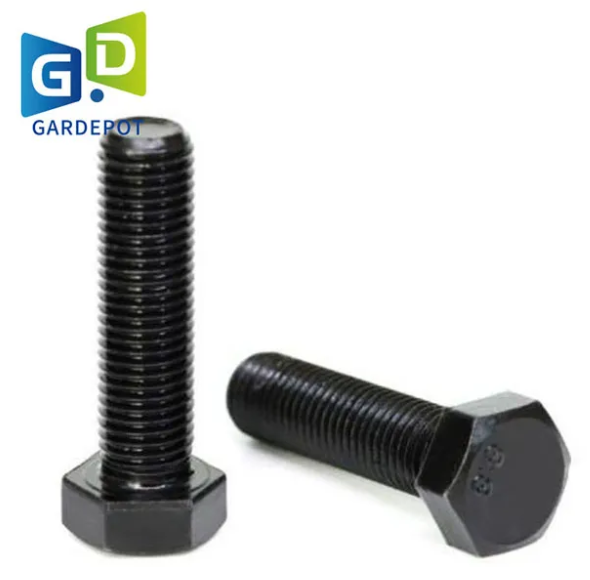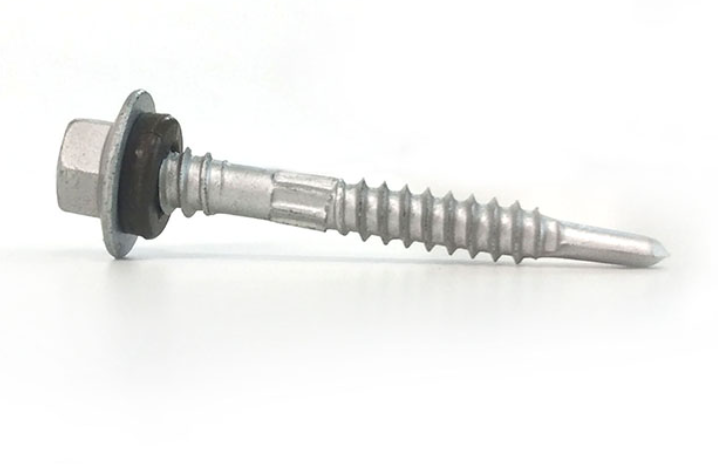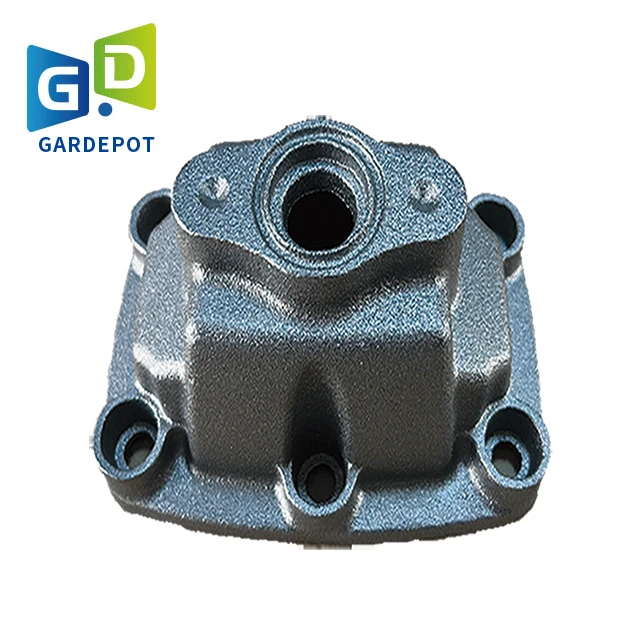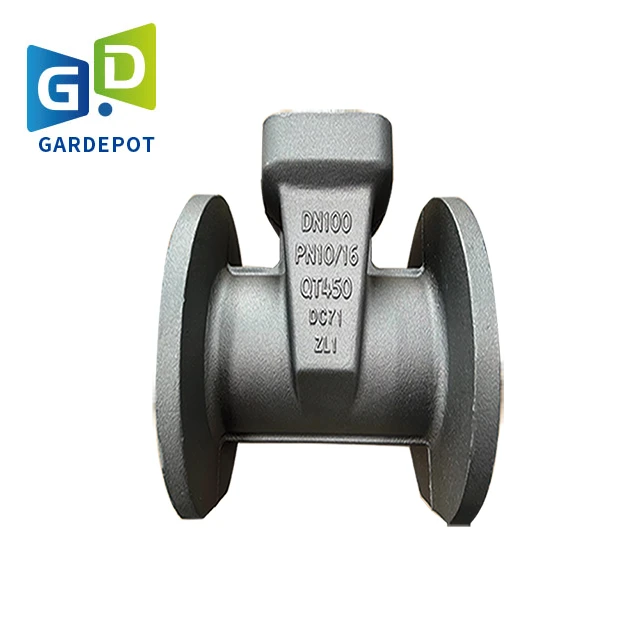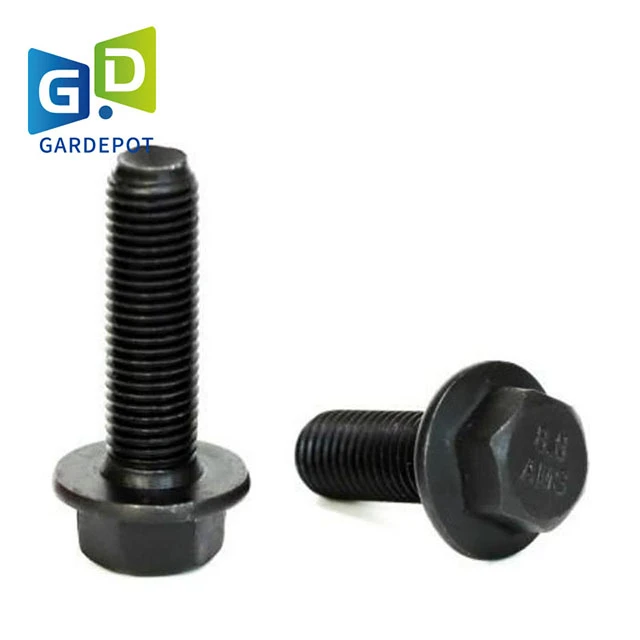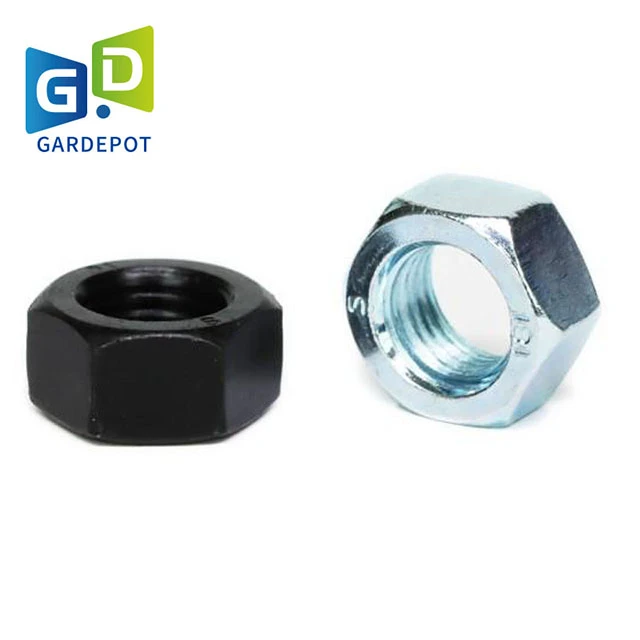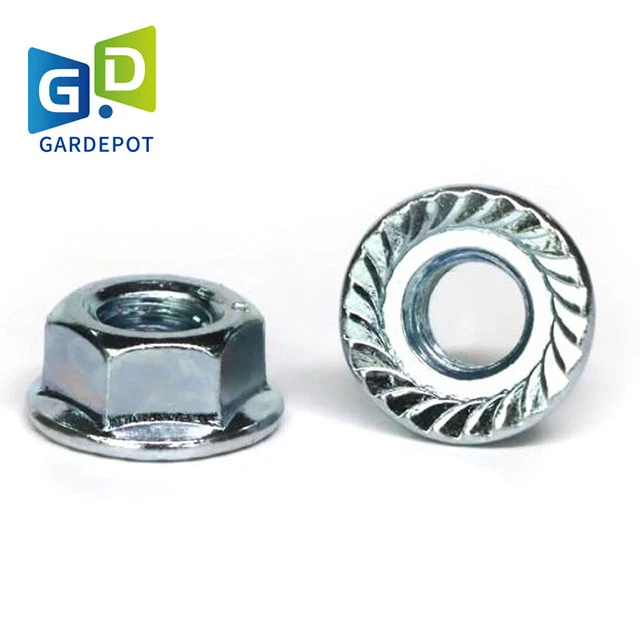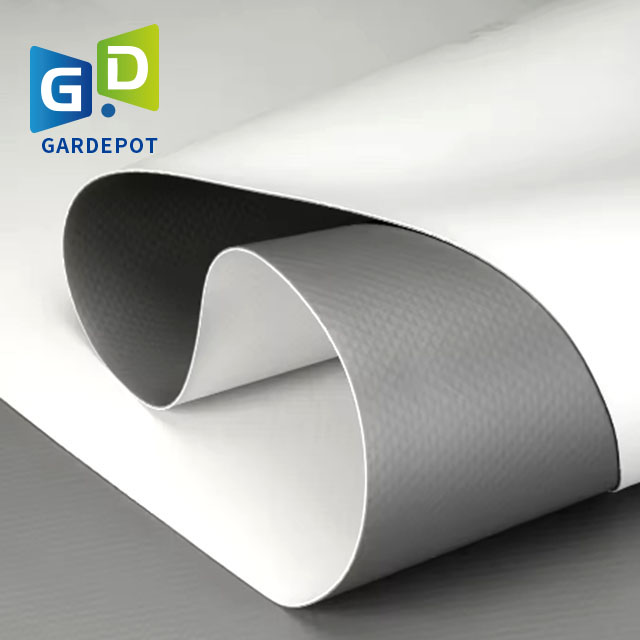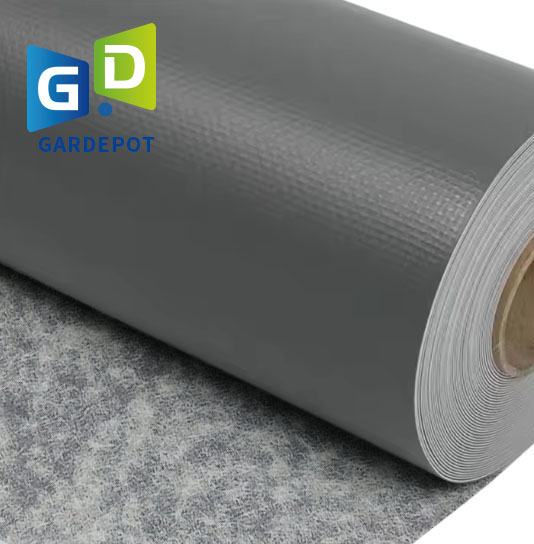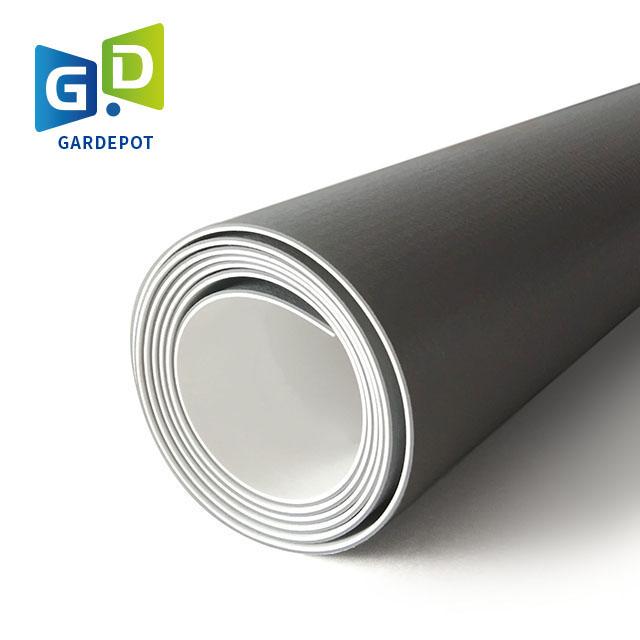EPDM Rubber Roofing Roll 60 Mil | Durable Weatherproofing
EPDM Rubber Roofing Roll 60 Mil | Durable Weatherproofing
Industry Insight 2024
| EEAT-Optimized Resource for Industrial Roofing Professionals
Fast Fact: According to the latest 2024 report by Statista, the global roofing membranes market is projected to surpass USD 40 billion by 2027, with EPDM and TPO roofing rolls dominating new commercial and industrial builds due to their proven durability, efficiency, and cost-effectiveness.
1. Industry Trends: Why EPDM Rubber Roofing Roll 60 Mil is Shaping the Future
- Resilient Lifespan: EPDM rubber roofing roll 60 mil provides up to 50-year service life when installed and maintained in accordance with ASTM D4637 standards.
- Global Adoption Rate: In North America, over 32% of new industrial roofs in 2023 used EPDM or TPO membranes.
- Thickness Trends: Preference is shifting from 45 mil to 60 mil for more severe climates, enhanced puncture resistance, and longer warranty periods.
- Green Construction: EPDM is highly sought after for its recyclable nature and low VOC content, meeting LEED and USGBC requirements.
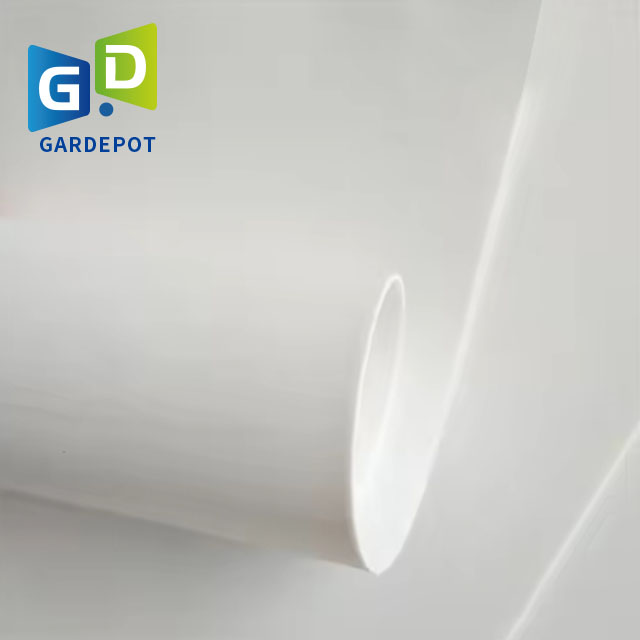
2. Technical Deep Dive: Structural Parameters & Material Science
2.1. EPDM Rubber Roofing Roll 60 Mil — Core Technical Specifications
| Parameter | Value/Range | Industry Standard | Functional Benefit |
|---|---|---|---|
| Total Thickness | 60 mil (1.52 mm ± 0.05 mm) | ASTM D4637, EN 13956 | Superior puncture, UV & impact resistance |
| Material Type | EPDM (Ethylene Propylene Diene Monomer) | ISO 9001, ISO 14001 | Extreme flexibility, chemical stability |
| Reinforcement | Optionally fabric-reinforced (polyester mesh) | FM Approval, ANSI/SPRI | High tensile strength, dimensional stability |
| Joint Sealing | Rubber roof membrane glue (solvent-free or tape-based) | UL Classified, ANSI/SPRI RP-4 | Secure, leakproof seams, rapid installation |
| Service Temperature | -40°C to 120°C (-40°F to 248°F) | CSA A123.24, ISO 4892 | All-climate compatibility |
| Typical Widths | 6', 10', 12', 20' rolls | Customizable | Fewer seams, reduced labor |
| Warranty | 20–30 years (typical), up to 50 years | Factory-registered | Risk mitigation for building owners |
2.2. Rubber Roofing Thickness & EPDM Types Explained
- 60 mil EPDM thickness is optimal for harsh climates or roofs with potential abuse (foot traffic, hail) versus the common 45 mil (1.1 mm) variant.
- Rubber roofing thickness generally ranges from 45 mil (1.1 mm), 60 mil (1.52 mm), up to 90 mil (2.3 mm) for extreme-duty applications.
- EPDM rubber roofing thicknesses above 60 mil further enhance puncture resistance but are costlier and less flexible for complex roof shapes.
2.3. Product Comparison Table: EPDM Roll 60 Mil vs TPO Waterproof Membrane
| Feature | EPDM Rubber Roofing Roll 60 Mil | TPO Waterproof Membrane |
|---|---|---|
| Base Polymer | EPDM (Synthetic rubber) | TPO (Thermoplastic polyolefin) |
| Standard Thickness | 60 mil (1.52 mm), 90 mil (2.3 mm) | 45, 60, 80 mil (customizable) |
| Typical Reflectivity | UV-absorbing, black or white | High-reflective white (Solar reflectance up to 0.86) |
| Flexibility / Temp. Range | -50°C to +120°C | -40°C to +100°C |
| Key Strengths | Ozone/UV resistance, longevity | Energy savings, weldable seams |
| Life Expectancy | 35–50 Years | 20–35 Years |
| Installation | Ballasted, fully adhered with rubber roof membrane glue | Hot-air welded seams or self-adhesive |
| Warranty | 20–30 years | 15–25 years |
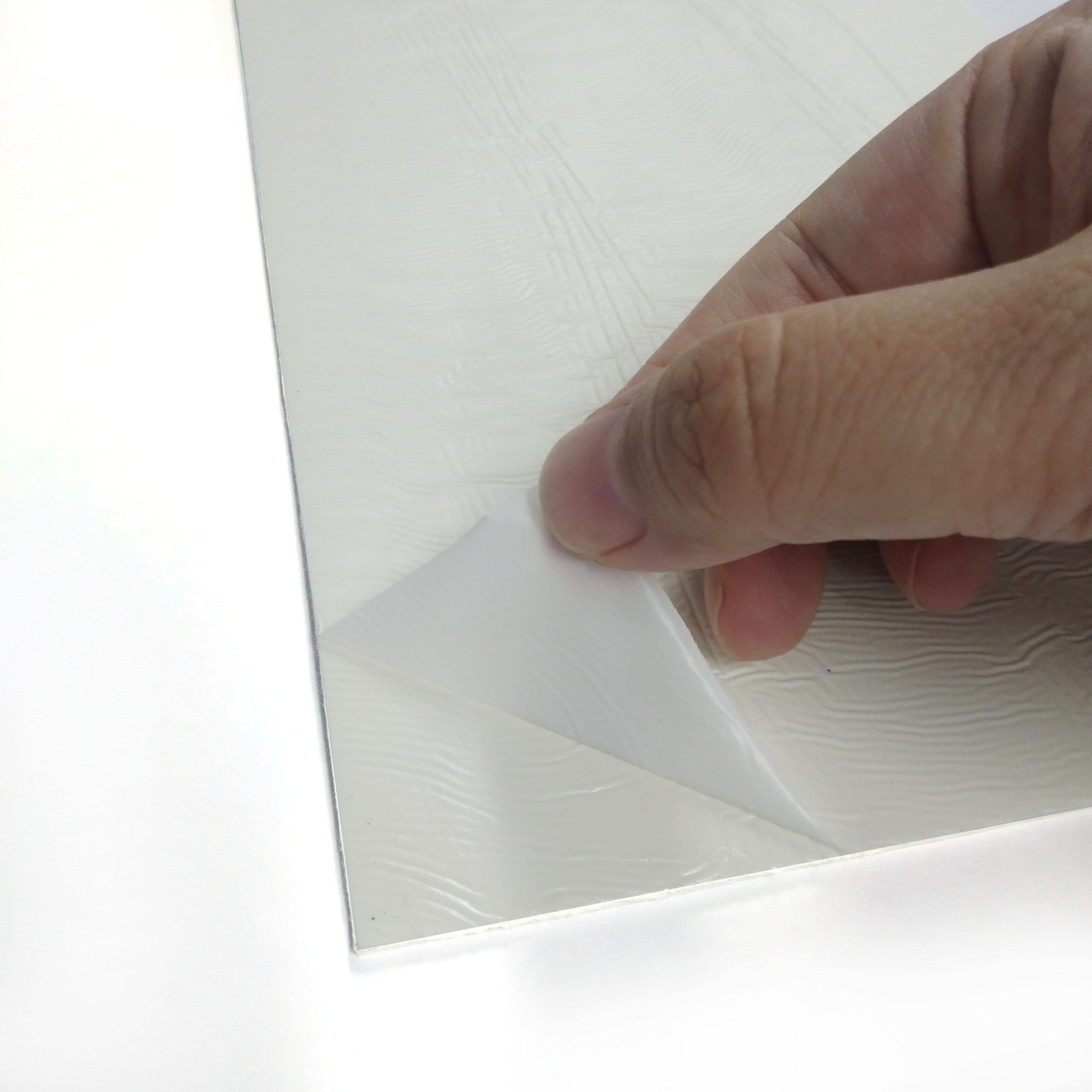
3. Process Visualization: How is EPDM Rubber Roofing Roll 60 Mil Manufactured?
Manufacturing Flowchart (Simplified)
- Raw Materials: EPDM polymer, carbon black, specialty oils, curing agents.
- Extrusion & Calendering: Material is extruded, rolled into precise thickness (e.g., 60 mil EPDM thickness).
- Incorporation of Reinforcement: Polyester/fiberglass mesh for high-tensile strength (if specified).
- Curing (Vulcanization): Thermal process ensures cross-linking for durability.
- Quality Control: Tested to ISO/ASTM (dimensional tolerance, tear and tensile strength, aging resistance).
- Cutting & Rolling: Custom roll sizes; each roll barcoded for traceability.
See a process video: How EPDM Roofing Membrane is Made (YouTube)
Industry Certifications & Standards
- ISO 9001:2015 — Quality Management in manufacturing
- ASTM D4637 — Physical properties for EPDM rubber roofing roll 60 mil
- ANSI/SPRI and FM Approval for fire, uplift, and wind resistance
- UL Classified for flame and weather performance
TPO Waterproof Membrane: Technical Highlights
- Base: Thermoplastic polyolefin (TPO) — single-ply reflective membrane, TPO Waterproof Membrane.
- Reflectivity: Solar reflectance up to 86% for energy-efficient buildings (per ASTM C1549).
- Seam method: Hot-air welded or advanced self-adhesive technology.
- Service life: 20–30 years (typical) under ISO 22196 test protocols.
4. Data Visualization & Product Comparison
4.1 EPDM 60 Mil vs TPO: Key Performance Indicators
Warranty Length Chart (Years)
Puncture Resistance Comparison (N/mm) — 60 Mil Class
Table: Typical Technical Data — 60 Mil Roofing Membranes
| Parameter | EPDM 60 Mil | TPO 60 Mil |
|---|---|---|
| Thickness (mm) | 1.52 | 1.50 |
| Tensile Strength (MPa) | 9.0 min | 14.0 min |
| Elongation @ Break (%) | 300–500 | >400 |
| Puncture Resistance (N) | ≥900 | ~670 |
| Reflectance (ASTM C1549) | 0.06 (black) / 0.8 (white) | 0.84 (white) |
| Service Life (yrs) | 35–50 | 20–35 |
4.2 TPO Membrane Composition (Pie Chart Visualization)
5. Application Scenarios: Real-World Advantages & Case Studies
5.1. Typical Application Fields
- Industrial plants (petrochemical, metallurgy, pharmaceutical)
- Commercial roofs (offices, shopping malls, logistics hubs)
- Infrastructure (airports, stadiums, data centers)
- Municipal water and sewage treatment plants
- Green roofing / solar roof underlayment
5.2 Real-World Use Case: Chemical Industry Warehouse (2023)
- Location: Houston, TX
- Roof Area: 5,600 m²
- Solution: EPDM rubber roofing roll 60 mil fully adhered with low-VOC rubber roof membrane glue, reinforced at mechanical penetrations.
- Result: Energy costs dropped 22%; no leaks or blistering after 2 cyclonic seasons. Certified to FM Global wind uplift rating 1-90.
Feedback: “The ease of installation and robust puncture resistance of 60 mil EPDM has surpassed all previous membrane systems we’ve tried.” —
Facility Engineer, Houston ChemWorks
5.3 Case: Data Processing Center Retrofit
- Problem: Recurrent leaks with old bitumen system; high temperature exposure risked server downtime.
- Solution: Switched to TPO Waterproof Membrane. White TPO reflected solar load, reducing HVAC demand by 15%.
- Reference: Installation completed by ISO 9001-certified contractor; product details.
6. Customization, Supplier Comparison & Service Assurance
6.1. Custom Manufacturing Options
- Roll Widths: 36", 72", 120" (custom cut available)
- Sheet Lengths: Up to 200 feet continuous, slit-to-order
- Surface Finish: Standard, walk-safe textured, or custom color (white/black/gray)
- Reinforcement: Polyester mesh or non-reinforced as per wind uplift specs
6.2. Factory and Vendor Comparison Table
| Company | Main Product | Certifications | Lead Time | Warranty |
|---|---|---|---|---|
| Gardepota |
EPDM rubber roofing roll 60 mil TPO Waterproof Membrane |
ISO 9001, CE, FM, UL | 7–15 days | 30 years |
| Carlisle | EPDM/TPO/PVC Membrane | FM, UL, ISO | 2–4 weeks | 20–30 years |
| Firestone | RubberGard EPDM, UltraPly TPO | FM, UL | 3 weeks | 20–30 years |
Gardepota proactively participates in annual ISO and CE re-certification audits, and their TPO Waterproof Membrane has been applied in projects across 50+ countries since 2007.
6.3. Delivery, Warranty, Support
- Delivery Lead Time: Standard: 7–15 days for stocked sizes; custom rolls: 15–30 days.
- Warranty: Up to 30 years (TPO), 50 years (EPDM, depending on thickness/installation).
- Support: Technical advisory, onsite training, post-installation inspections; multi-language technical documents available.
7. FAQ on EPDM Rubber Roofing Roll 60 Mil & Industrial Roofing
- Q1: What does 'mil' mean in 60 mil EPDM?
- ‘Mil’ is a unit meaning one-thousandth of an inch (0.001”), so 60 mil equals about 1.52 mm thickness.
- Q2: What types of glue are used for rubber roof membrane installation?
- Specialized rubber roof membrane glue—including water-based, solvent-based, and low-VOC polymer adhesives—ensure strong bonding and water-tightness.
- Q3: What industry standards govern EPDM rubber roofing roll 60 mil?
- Key standards include ASTM D4637 (US), EN 13956 (Europe), and ISO 9001 for manufacturing quality.
- Q4: How does 60 mil compare to other rubber roofing thicknesses?
- 45 mil is suited to mild climates, 60 mil for heavy-duty/high-traffic/long-lifetime installs, and 90 mil for extreme industrial environments.
- Q5: What are the main advantages of EPDM over TPO or PVC?
- EPDM is unmatched for ozone/UV resistance and flexibility; TPO offers higher reflectivity, but slightly less flexibility, especially in cold climates.
- Q6: Can EPDM rubber roofing thicknesses affect warranty?
- Yes, thicker membranes (like 60 mil) enable longer warranties, improved puncture resistance, and better durability under foot traffic.
- Q7: Which sectors benefit most from 60 mil EPDM?
- Heavy industry, warehousing, manufacturing, logistics facilities, and any building needing long lifespans with minimum maintenance cycles.
8. References & Further Reading
- What's the Difference Between EPDM, TPO, and PVC Roof Membranes? (ConstructConnect Forum)
- ASTM D4637 – Standard Specification for EPDM Sheet Used in Single-Ply Roof Membrane
- Materials Engineering Study: Performance of EPDM and TPO Waterproofing (IOP Conf. Series: Materials Science and Engineering, 2022)
- Comparative Research: EPDM vs TPO Durability (Roofing Magazine)
- International Institute of Building Enclosure Consultants (RCI/IBEC)



